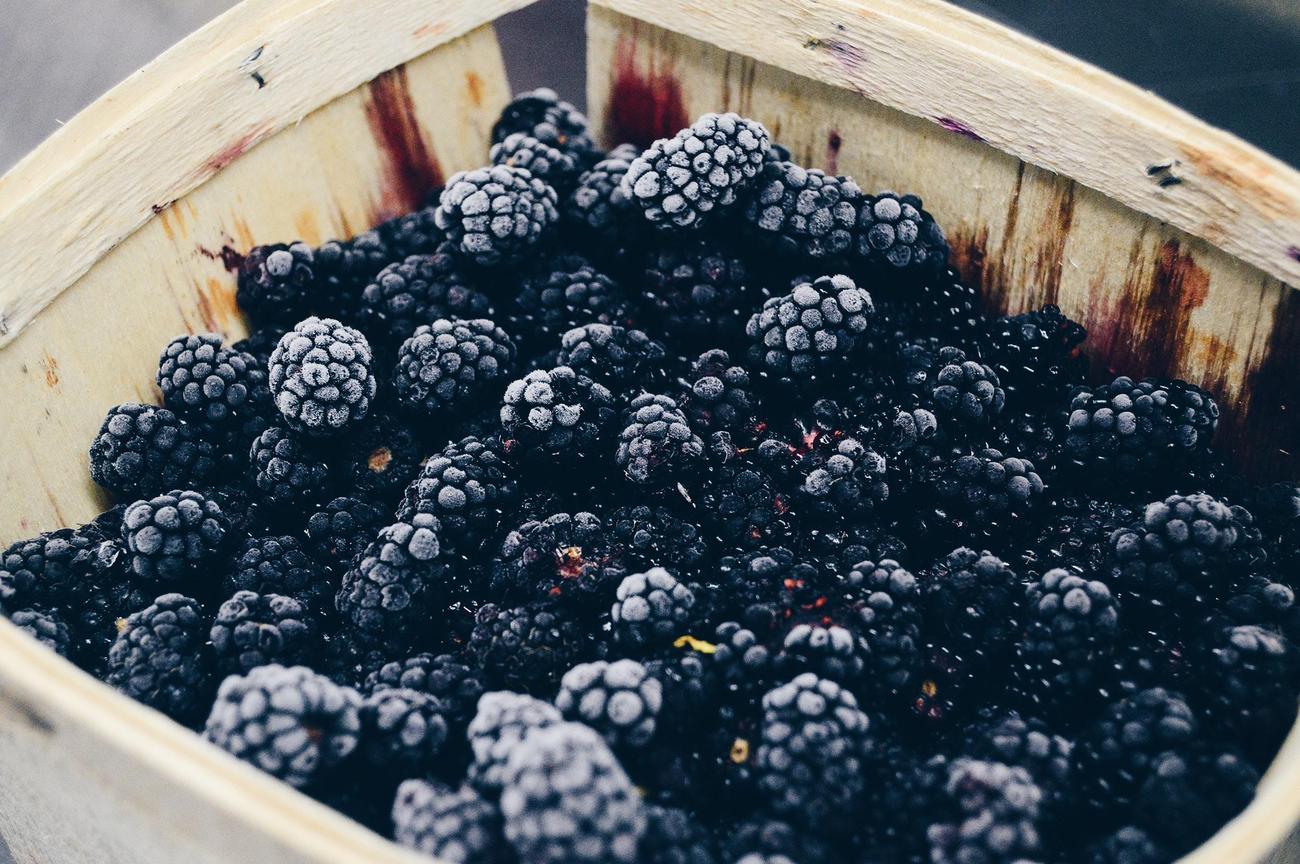Step into the captivating world of Native American cuisine as we embark on a journey like no other. In this article, we delve deep into the annals of history to unravel the rich heritage of Native American tamales. Brace yourself for a compelling exploration into the origins, techniques, and cultural significance of these iconic culinary delights. Get ready to be transported back in time as we uncover the hidden stories behind these cherished recipes, passed down through generations. Join us as we unveil the captivating history of Native American tamales and pay homage to the people who have preserved their heritage for centuries.

History of Native American Tamales
When it comes to exploring the vibrant tapestry of Native American culinary traditions, few dishes captivate both the palate and the imagination quite like tamales. These iconic culinary delights have a rich history that dates back thousands of years. As a seasoned anthropologist with a deep passion for unraveling the fascinating tapestry of Native American culinary history, I am thrilled to share the historical journey of Native American tamales with you.
Tamales have been a staple in Mesoamerican cultures since ancient times. Archaeological evidence reveals that they were being enjoyed as early as 8000 BCE. It is believed that tamales originated in Mesoamerica, with their preparation techniques spreading from indigenous cultures in Mexico and Guatemala to the rest of Latin America. The word “tamale” itself derives from the Nahuatl word “Tamal,” one of the primary languages of the Aztec empire. With such ancient roots, tamales have truly stood the test of time.
Throughout the centuries, tamales have experienced a fascinating journey. As the popularity of tamales spread across the Americas, multiple Native American cultures adapted these delicious treats to their local cuisine. In the Yucatan, tamales are known as “pibs,” showcasing the diverse regional variations of the dish. The versatility of tamales allowed them to evolve alongside the people who cherished them, shaping their flavors, fillings, and cooking techniques.
But what is it that makes tamales so special? Beyond their delightful taste, tamales have held cultural and practical significance. In Mesoamerican societies, tamales were not only a delicious meal but also a way to protect food during times of war. Their ability to be prepared ahead of time and easily stored made them a valuable resource. This historical context adds depth and meaning to the tradition of making tamales, emphasizing their resilience and adaptability.
The historical journey of Native American tamales extends beyond a mere culinary delight; it is a testament to the resilience and ingenuity of indigenous communities throughout the Americas. By exploring the history of tamales, we can gain a deeper understanding of the people who have cherished and passed down these revered recipes through generations. Tamales embody the spirit of cultural heritage, connecting us to the traditions and rituals of the Native American communities that have enjoyed them for centuries.
In conclusion,”History of Native American Tamales” is a pillar blog section that aims to shed light on the captivating history of tamales, honoring the heritage of the people who have cherished and passed down these revered recipes. Through the exploration of their historical roots and evolution, we can uncover the techniques, ingredients, and rituals that have shaped tamales throughout the centuries. Embark on this culinary journey with me and discover the fascinating tapestry of Native American tamales.
Native American cuisine is rich in history and flavor, with traditional recipes passed down through generations. If you’re looking for a taste of authentic Native American cuisine, we have the perfect recipe for you. Our Native American Tamales Recipe combines ancient cooking techniques with modern flavors to create a truly unforgettable dish.
To discover this culinary delight, click here: Native American Tamales Recipe. This link will transport you to a world of tantalizing flavors and cultural significance. Get ready to embark on a culinary adventure as you explore the magic of Native American cuisine.
But wait, there’s more! As you immerse yourself in this captivating recipe, you’ll uncover the secrets behind the art of tamale making. From selecting the perfect corn husks to mastering the technique of wrapping the tamales just right, this recipe will guide you every step of the way.
So, if you’re ready to satisfy your taste buds and explore the rich culinary heritage of Native American culture, don’t hesitate any longer. Click the link above and let the journey begin. Get ready to impress your friends and family with an authentic Native American Tamales Recipe that will leave them begging for seconds. Happy cooking!

FAQ
Question 1
What is the history of tamales?
Answer 1
Tamales originated in Mesoamerica as early as 8000 to 5000 BC and have been eaten in this region since ancient times. The preparation of tamales likely spread from indigenous cultures in Mexico and Guatemala to the rest of Latin America. The word “tamale” derives from the Nahuatl word “Tamal,” which was one of the primary languages of the Aztec Empire.
Question 2
What are tamales typically filled with?
Answer 2
Tamales are typically filled with meat, cheese, or vegetables. They can be served with salsa or mole to enhance their flavor.
Question 3
What is the cultural significance of tamales?
Answer 3
Tamales have a long history in Native American cultures, including the Aztec and Maya civilizations. They have been a part of Mexican cuisine for centuries and are often eaten at restaurants and during holidays. Tamales were even used as a way to protect food during times of war, as they could be prepared and stored ahead of time.
Question 4
How have Native American cultures adapted tamales to their local cuisine?
Answer 4
Multiple Native American cultures have adapted tamales to their local cuisine. For example, in the Yucatan, they are called “pibs.” Each culture adds its own unique ingredients and flavors to create variations of tamales that reflect their heritage.
Question 5
What is the archaeological evidence for the consumption of tamales?
Answer 5
Archaeological evidence for the consumption of tamales dates back to 8000 BCE, highlighting the long-standing history of this culinary tradition in Mesoamerica. The popularity of tamales has spread throughout the Americas, showcasing their significance across different regions and cultures.









